- No products in the cart.
Geptor lyophilisates for solution for injection 400 mg vial with 5 pcs rastv.l-lysine amp.5ml
$32.93
Geptor lyophilisates for solution for injection 400 mg vial with 5 pcs rastv.l-lysine amp.5ml
SKU: 733887618 Categories: Digestive tract, Hepatoprotectors, Medicaments Tags: ademetionine, VEROPHARM LEK
Description
Composition
Active substance:
1 vial of lyophilisate contains: ademetionine butandisulfonat – 760 mg per ademetionine ion – 400 mg;
In 1 ml of solvent contains: L-lysine monohydrate, based on the L-lysine – 68.48 mg, of sodium hydroxide solution to a pH of 9,8-10,3, Water for injections to 1 mL.
Description:
Lyophilisate: porous mass of white or almost white solvent: transparent liquid from colorless to yellow color with a characteristic smell.
Product form:
Lyophilizate for preparation of solution for intravenous and intramuscular administration of 400 mg in vials colorless, neutral glass.
The solvent of 5 ml vials in a colorless, neutral glass or neutral glass ampoules. 5 vials of lyophilisate and 5 vials or ampoules with solvent in blisters. 1 contour cellular packaging together with instructions for use in a carton box. 30, 50 vials of the lyophilisate with an equivalent amount of 6 vials or ampoules with the solvent together with instructions for use in a box of cardboard (for hospitals).
Contraindications
Hypersensitivity to ademetionina and / or solvent components, up to age 18 years.
Carefully:
Pregnancy (I term) Lactation bipolar disorder (see. Section “Special Instructions”).
Dosage
80 mg / ml
Indications
Nekalkulezny chronic cholecystitis; cholangitis; intrahepatic cholestasis, including pregnant women; hepatitis of various genesis: viral, toxic, including alcoholic origin and drug (antibiotics, antineoplastic, and antitubercular antivirals, tricyclic antidepressants, oral contraceptives); fatty liver; cirrhosis of the liver; encephalopathy, including associated with liver disease (alcoholic and al.); Alcoholic liver disease; depression (including secondary); withdrawal syndrome (alcoholic and others.).
Interaction with other drugs
Interaction with other drugs was observed.
Overdose
Cases of overdose were reported.
pharmachologic effect
Pharmacological group:
Hepatoprotective agent.
Pharmacodynamics:
It refers to hepatic Geptor group with antidepressant activity. It has choleretic and holekineticheskoe action. It has disintoxicational, regenerating, antioxidant, and a neuroprotective action antifibroziruyuschim. Restores ademetionina deficit and stimulates its production in the body, primarily in the liver and brain. Involved in biological transmethylation reactions (donator of methyl group) – S-molecule adenosyl-L-methionine (ademethionine) donates a methyl group in the reactions of methylation of the phospholipids of cell membranes, proteins, hormones, neytromediatorov etc .; transsulfatirovaniya – precursor cysteine, 2 taurine, glutathione (provides redox mechanism cellular detoxification), coenzyme A increases the content of glutamine in the liver, cysteine and taurine in plasma; lowers serum levels of methionine, normalizing the metabolic reactions in the liver. After decarboxylation processes involved in aminopropilirovaniya as a precursor of polyamines – putrescine (regeneration stimulator cells and the proliferation of hepatocytes), spermidine and spermine, within the structure of ribosomes. It has choleretic effect due to increased mobility and membrane polarization due to stimulation of hepatocytes therein phosphatidylcholine synthesis. This improves the function associated with the membranes of hepatocytes bile acid transport systems and facilitates passage of bile acids in the biliary system. Effective with intralobular embodiment cholestasis (impaired synthesis and bile flow). It promotes detoxification of bile acids increases the content in hepatocytes and sulfated conjugated bile acids. The conjugation with taurine increases the solubility of bile acids and removing them from hepatocytes. Process of sulfation of bile acids promotes their elimination by the kidneys, facilitates passage through the membrane of hepatocytes and excretion in bile. Furthermore sulfated bile acids protect membranes of liver cells from the toxic action of non-sulfated bile acids present in high concentrations in hepatocytes in intrahepatic cholestasis. Patients with diffuse liver diseases (cirrhosis, hepatitis) syndrome intrahepatic cholestasis reduces the severity of itching and changes in biochemical parameters, including concentration of direct bilirubin, alkaline phosphatase activity, g- glutamyl, aminotransferases. Choleretic and hepatoprotective effect lasts up to 3 months after stopping treatment. The efficiency with hepatopathies resulting hepatotoxic drugs. Purpose ademetionine patients with opioid addiction, accompanied by liver disease leads to regression of clinical manifestations of withdrawal, to improve the functional state of the liver and microsomal oxidation processes. The antidepressant activity manifested gradually, starting from the end of one week of treatment and stabilized for 2 weeks of treatment. Effective with recurrent endogenous and neurotic depression resistant to amitriptyline. It has the ability to interrupt the relapse of depression. Assignment with osteoarthritis reduces the severity of pain, increased synthesis of proteoglycans and lead to the partial regeneration of cartilage tissue.
Pharmacokinetics:
The bioavailability after intramuscular (i / m) administration – 95%. Binding to plasma proteins – slight, penetrates the blood-brain barrier. Regardless of the route of administration showed a significant increase ademetionine concentration in cerebrospinal fluid. It is metabolized in the liver. The half-life (T1 / 2) -. 1.5 hours excreted by the kidneys.
Pregnancy and breast-feeding
Perhaps the use of the drug in the II trimester of pregnancy with intrahepatic cholestasis. High doses ademetionina in the III trimester of pregnancy did not cause adverse effects. Admission to the I trimester of pregnancy and lactation is possible if the potential benefit to the mother outweighs the potential risk to the fetus or child.
Conditions of supply of pharmacies
On prescription.
side effects
Among the most frequent adverse events observed: nausea, abdominal pain and diarrhea
Immune System: hypersensitivity reactions, anaphylactoid or anaphylactic reactions (including flushing of the skin, shortness of breath, bronchospasm, back pain, discomfort in the chest area, lower blood pressure, increased blood pressure, tachycardia, bradycardia).
The respiratory system: swelling of the larynx.
For the skin: injection site reactions (very rare skin necrosis), angioneurotic edema, increased sweating, skin allergic reactions (including rash, pruritus, urticaria, erythema).
Infections and infestations: urinary tract infection.
From the nervous system: dizziness, headache, paresthesia, anxiety, confusion, insomnia
On the part of the cardiovascular system, “tides”, phlebitis of superficial veins, cardiovascular disorders.
From the digestive system: abdominal distension, abdominal pain, diarrhea, dry mouth, dyspepsia, esophagitis, flatulence, gastrointestinal disorder, gastrointestinal bleeding, nausea, vomiting, hepatic colic, hepatic cirrhosis
On the part of the musculoskeletal system: arthralgia, muscle spasms
Other: asthenia, chills, flu-like symptoms, malaise, peripheral edema, fever.
special instructions
Given the invigorating effect of the drug is not recommended to take it at bedtime. In applying ademetionine patients with cirrhosis amid hyperasotemia systematic control of nitrogen content in the blood during the prolonged therapy is necessary to determine the content of urea and creatinine in the blood serum. A solution formulation is prepared immediately prior to use; if the freeze-dried product color is different from the proper (see. section “Description”), it is necessary to refrain from its use. Not recommended for use ademetionine patients with bipolar disorder. There are reports of depression going into hypomania or mania in patients taking ademetionine. Patients with depression have an increased risk of suicide and other serious adverse events, so during treatment ademetionina such patients should be under the constant supervision of a physician for evaluation and treatment of symptoms of depression. Patients should inform the doctor if they have been reported in depression symptoms decrease or worsen during therapy ademetionina. There are also reports about the sudden appearance or growth of anxiety among patients taking ademetionine. In most cases, the abolition of therapy is not required, in some cases anxiety disappeared after dose reduction or discontinuation of the drug. Since deficiency of cyanocobalamin, and folic acid can reduce ademetionine content of at-risk patients (with anemia, liver diseases, during pregnancy or probability of vitamin deficiency in connection with other diseases or diet, for example in vegetarians) should control the content of vitamins in blood plasma. If failure is detected, the recommended intake of folic acid and cyanocobalamin before treatment ademetionine or simultaneous with ademethionine. When the immunoassay may facilitate application ademetionine false determination index high content of homocysteine in the blood. For patients taking ademetionine, it is recommended to use non-immunological assay methods for the determination of homocysteine.
Storage conditions
At a temperature not exceeding 25 C. Keep out of reach of children.
Dosing and Administration
Intramuscular (i / m), intravenous (i / v). In intensive therapy – in the first 2-3 weeks of treatment Geptor administered in a dose of 400-800 mg / day / drip (very slow) or / m. The lyophilisate is dissolved only in special enclosed solvent (L-lysine solution). After completion of the intensive therapy supportive therapy is carried out using Geptor dosage form for oral administration (400 mg ademetionine tablets).
Information
Appearance may differ from that depicted in the picture. There are contraindications. You need to read the manual or consult with a specialist
Additional information
| Weight | 0.100 kg |
|---|---|
| Manufacturer | VEROPHARM LEK |

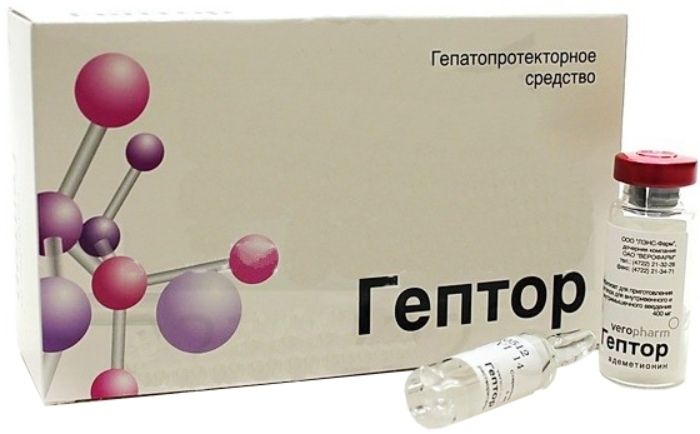
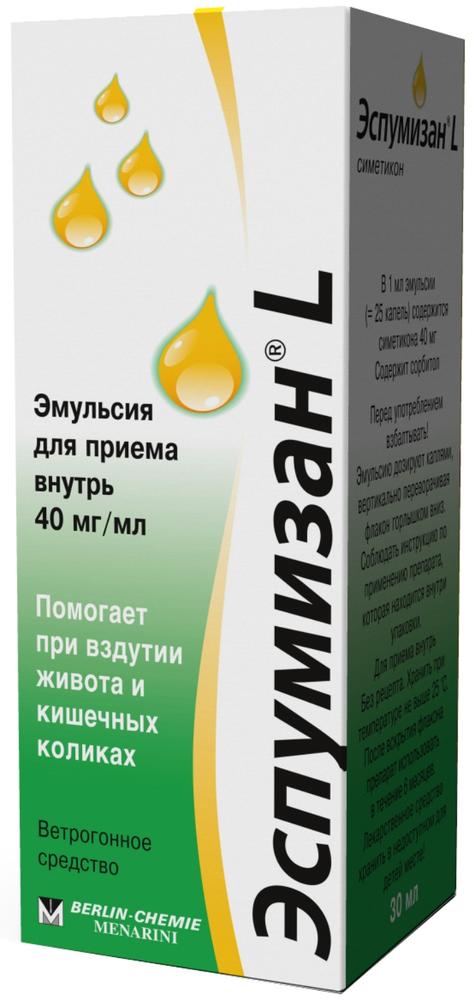
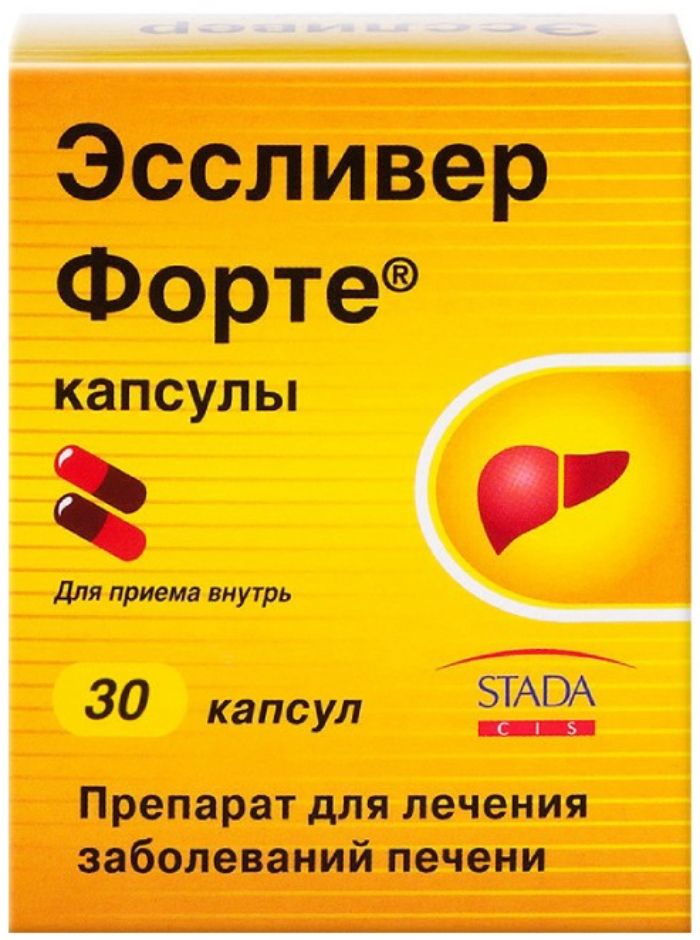


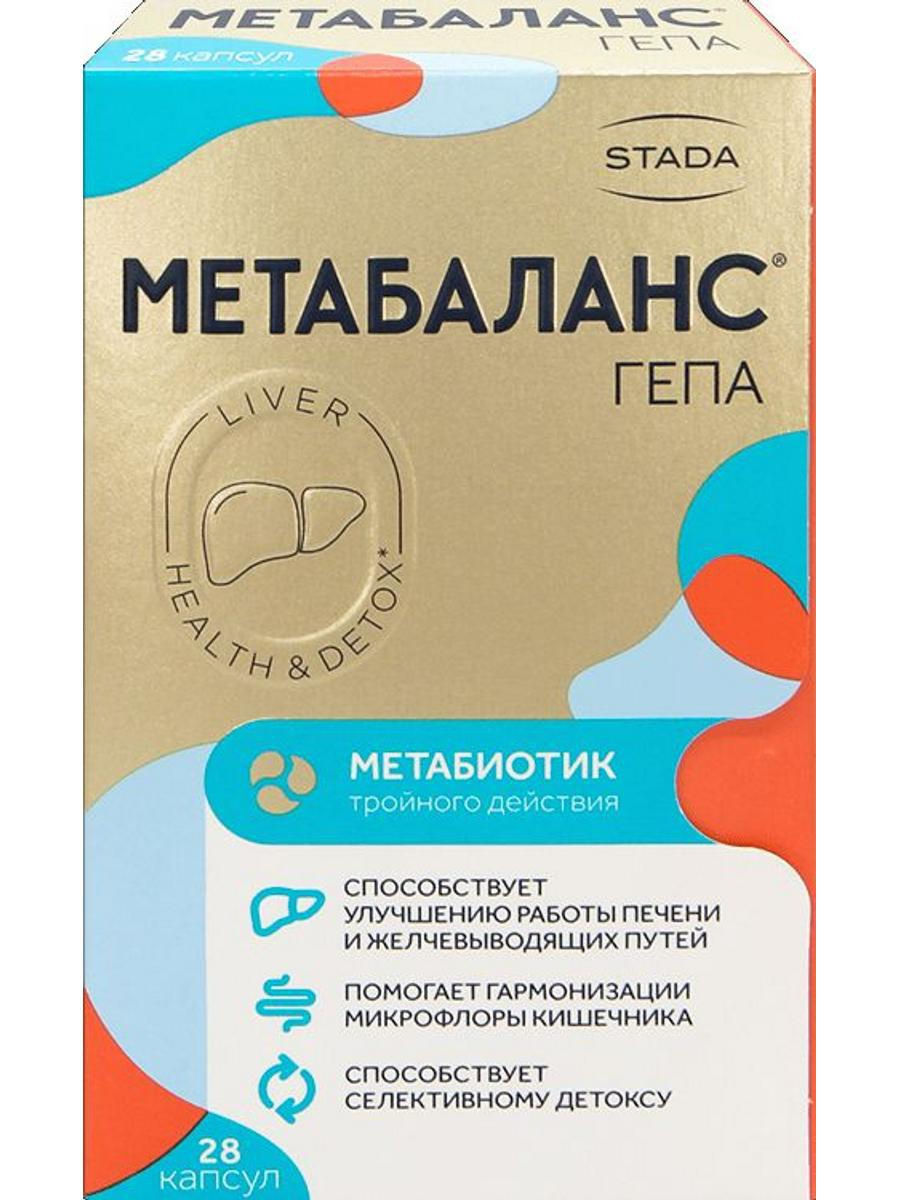

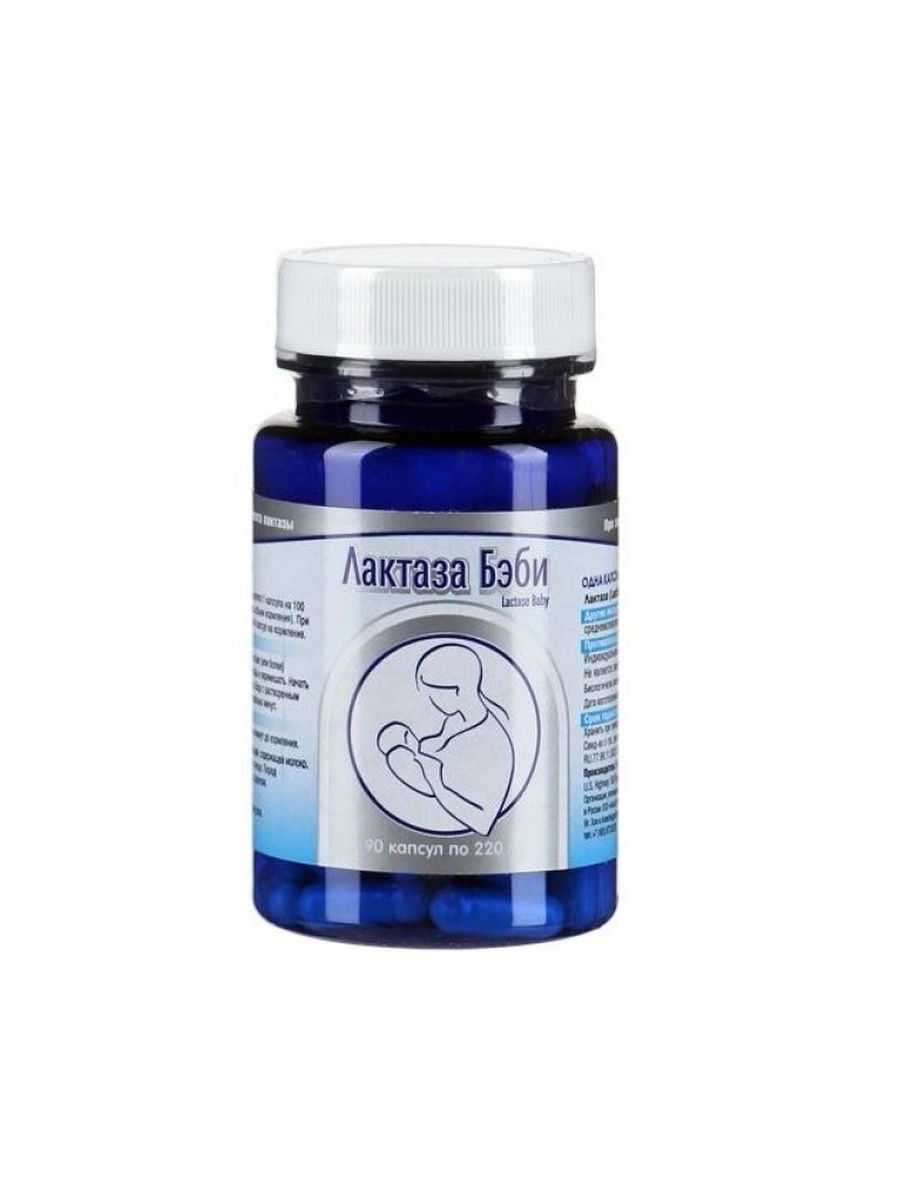





There are no reviews yet.